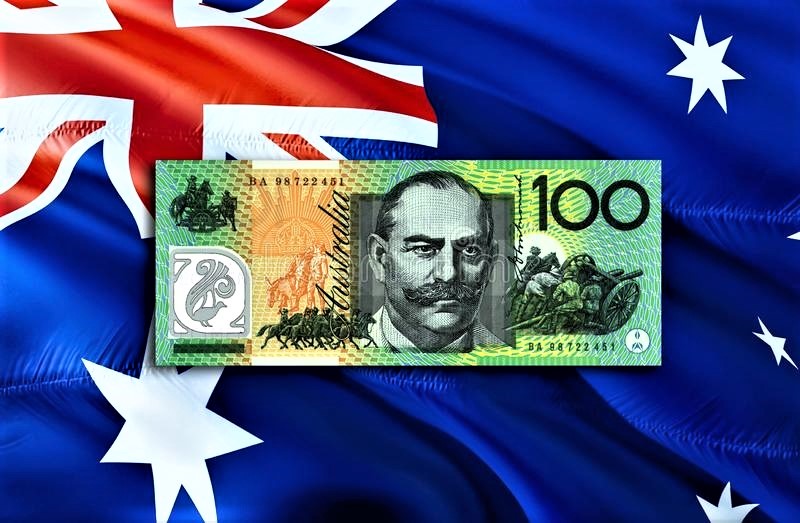Australian Dollar recovers during Thursday’s Asian session.
On Thursday, the Australian Dollar (AUD) recovered some ground, ending a five-day losing skid. However, the higher US Dollar (USD) and increased speculation of a 25 basis point (bps) rate decrease by the Federal Reserve (Fed) in November may damage the Australian dollar in the near term. Furthermore, investors were disappointed by Beijing’s attempt to revive the world’s second-largest economy, as China’s top economic planning authority failed to unveil additional measures to boost slowing growth. It’s worth mentioning that China is an important trading partner for Australia, and concerns over China’s slowing economy have a negative impact on the AUD value.
US CPI inflation figures will be under the focus.
Investors will be keenly watching the important US Consumer Price Index (CPI) inflation data, which is coming later on Thursday. The headline US CPI predicted to rise 2.3% YoY in September, while core CPI inflation expected to rise 3.2% YoY over the same reporting period. However, if the report indicates a softer-than-expected performance, it might pave the way for a large Fed rate decrease, which would weigh on the USD and limit the downside for AUD/USD.
Daily Market Movers: Australian dollar gains ground ahead of US CPI data.
RBA Minutes from the The September meeting revealed that board members ignored the warning that there will be no rate reduction in the near future. The Australian central bank wants to keep its options open, waiting to see if the economy improves in the second half of the year.
“This opens the door to a change to neutral by the end of this year, with easing in early 2025. “We continue to expect the first cash rate cut in February 2025,” said ANZ analysts.
In an economic analysis released on Tuesday, the World Bank anticipated that China’s growth rate will decrease to 4.3% in 2025, down from 4.8% this year.
On Wednesday, San Francisco Fed President Mary Daly stated that there will be one or two additional rate decreases this year. are probable if the economy improves as expected, and she is now “quite confident” that inflation will reach the Fed’s 2% target.
Susan Collins, President of the Boston Fed, stated on Wednesday that if inflation trends weaken.
Susan Collins, President of the Boston Fed, stated on Wednesday that if inflation trends weaken, it is quite likely that the Fed will be able to lower interest rates further.
According to the CME FedWatch Tool, the markets have priced in nearly 80% of a 25 basis point (bps) Fed rate drop in November, up from 31.1% the previous week.









